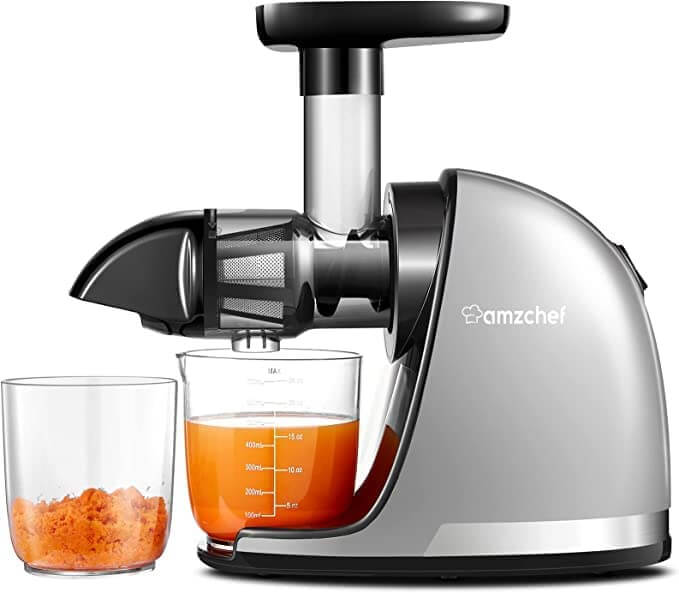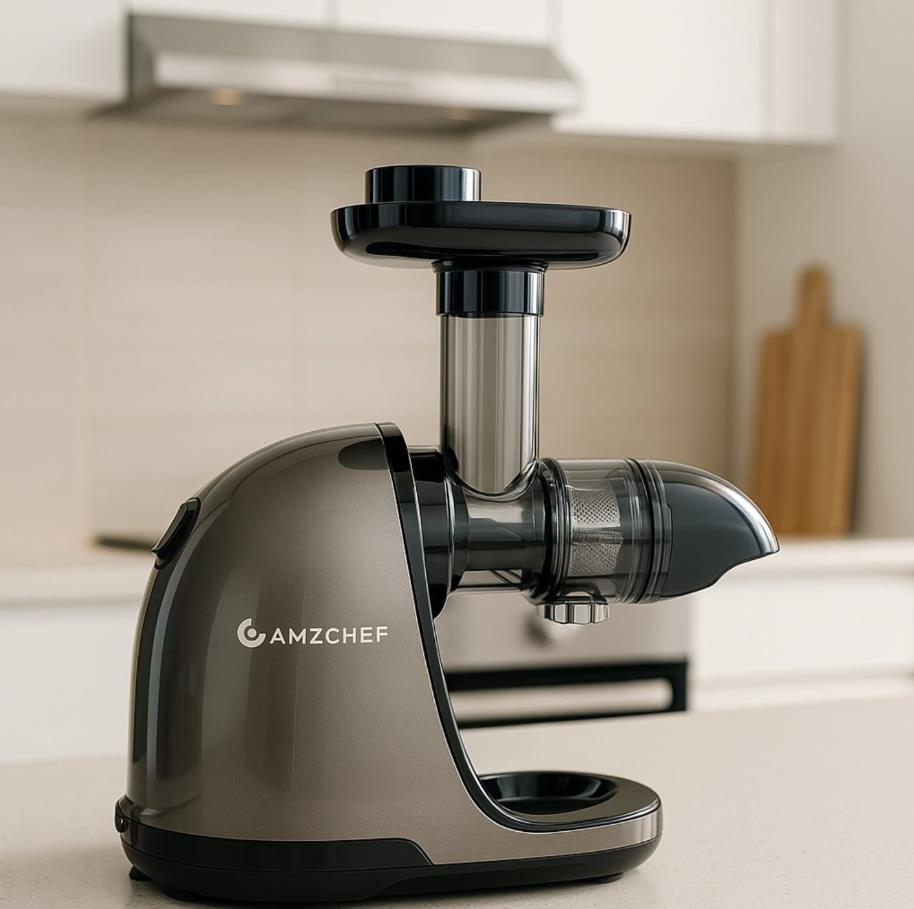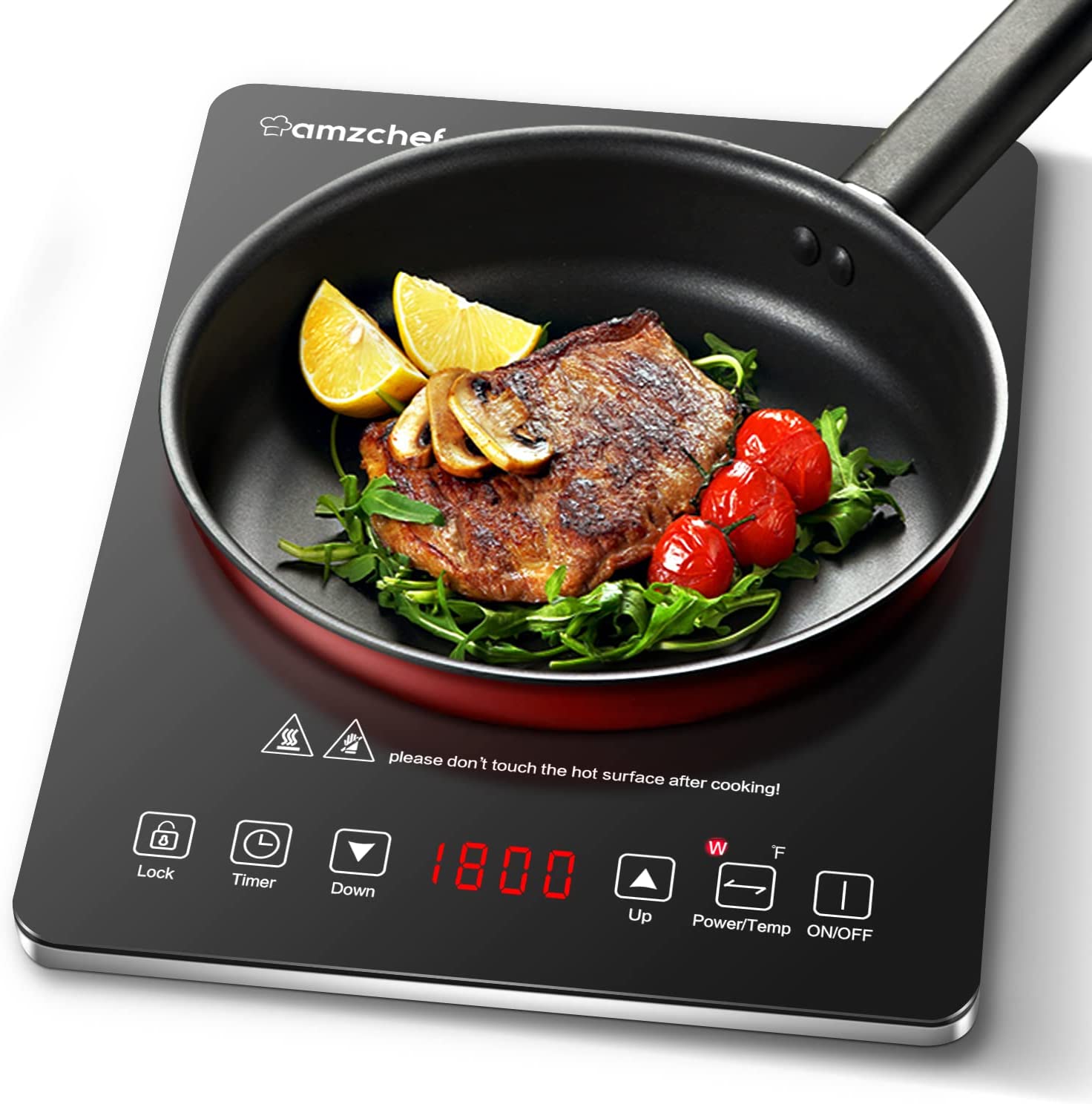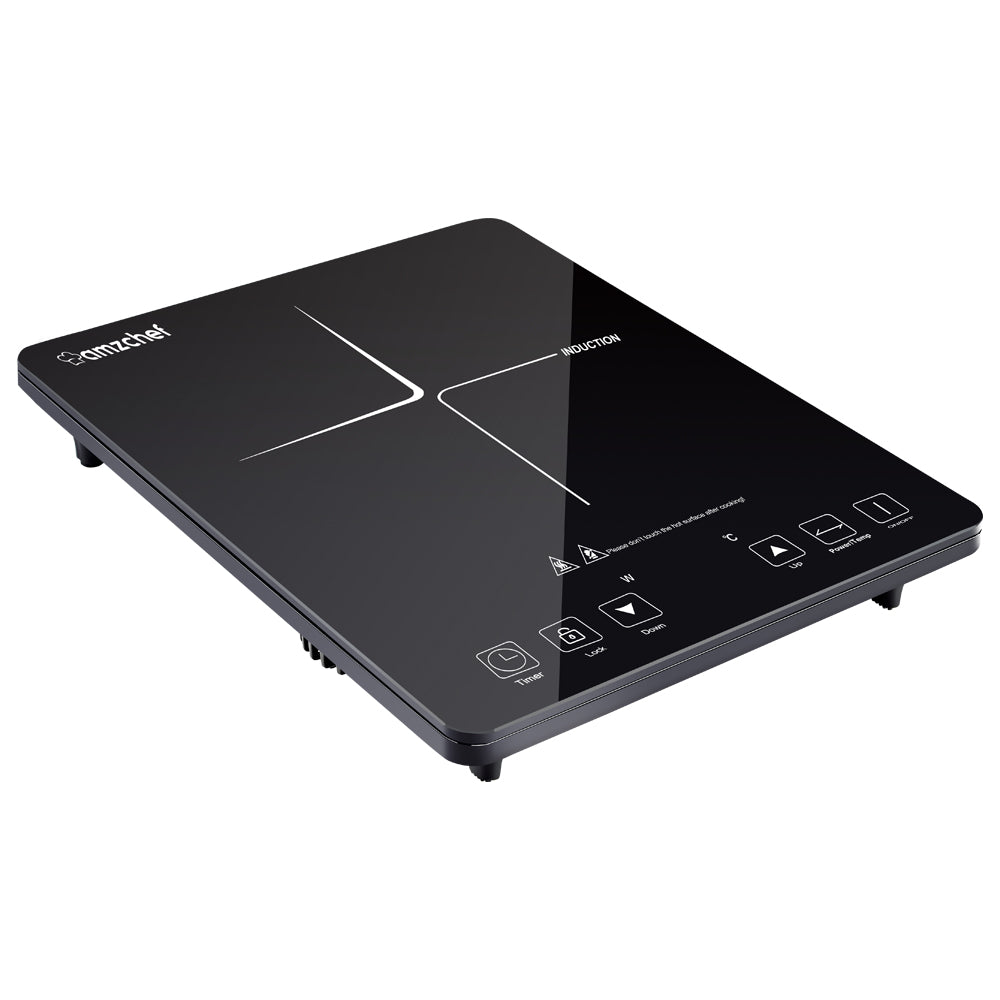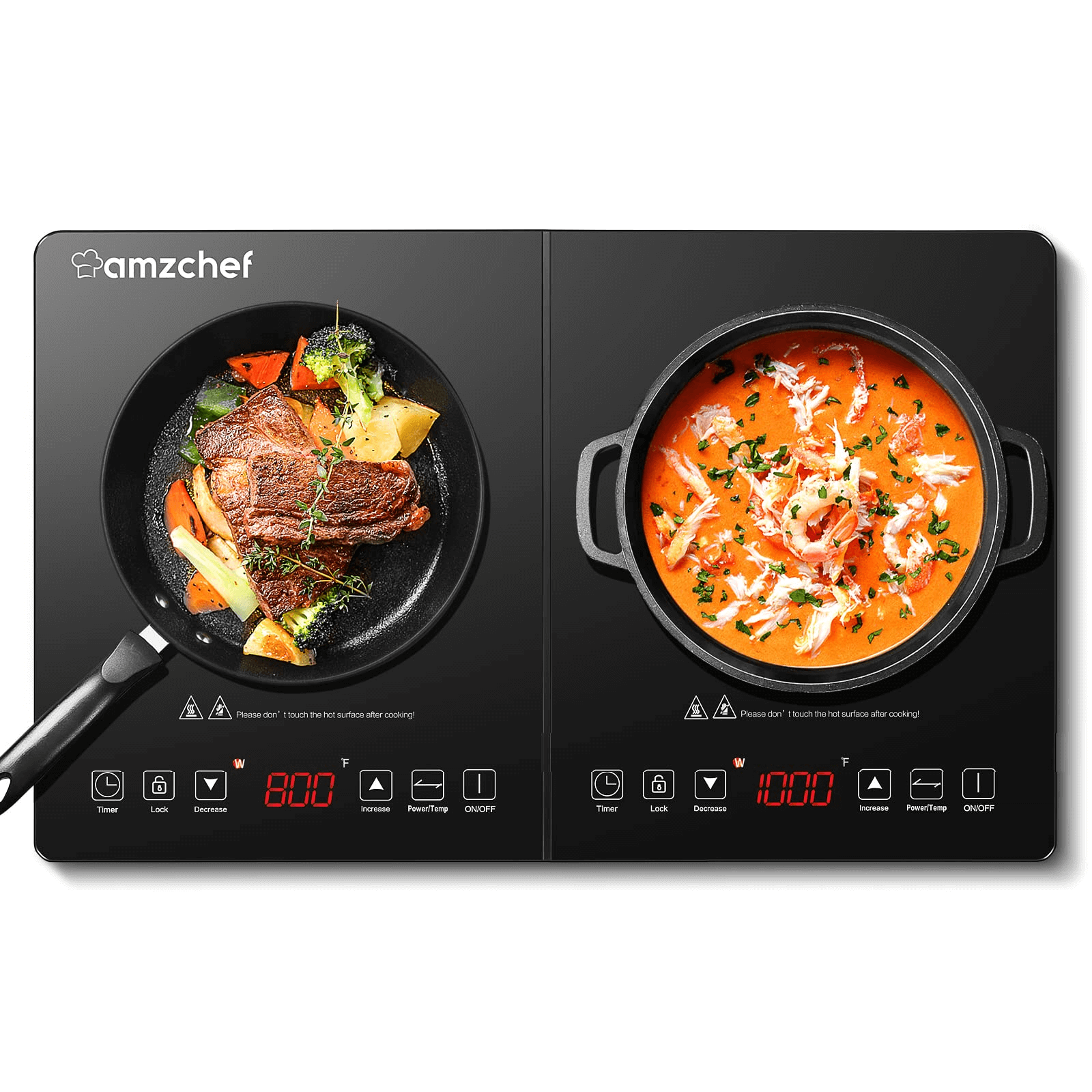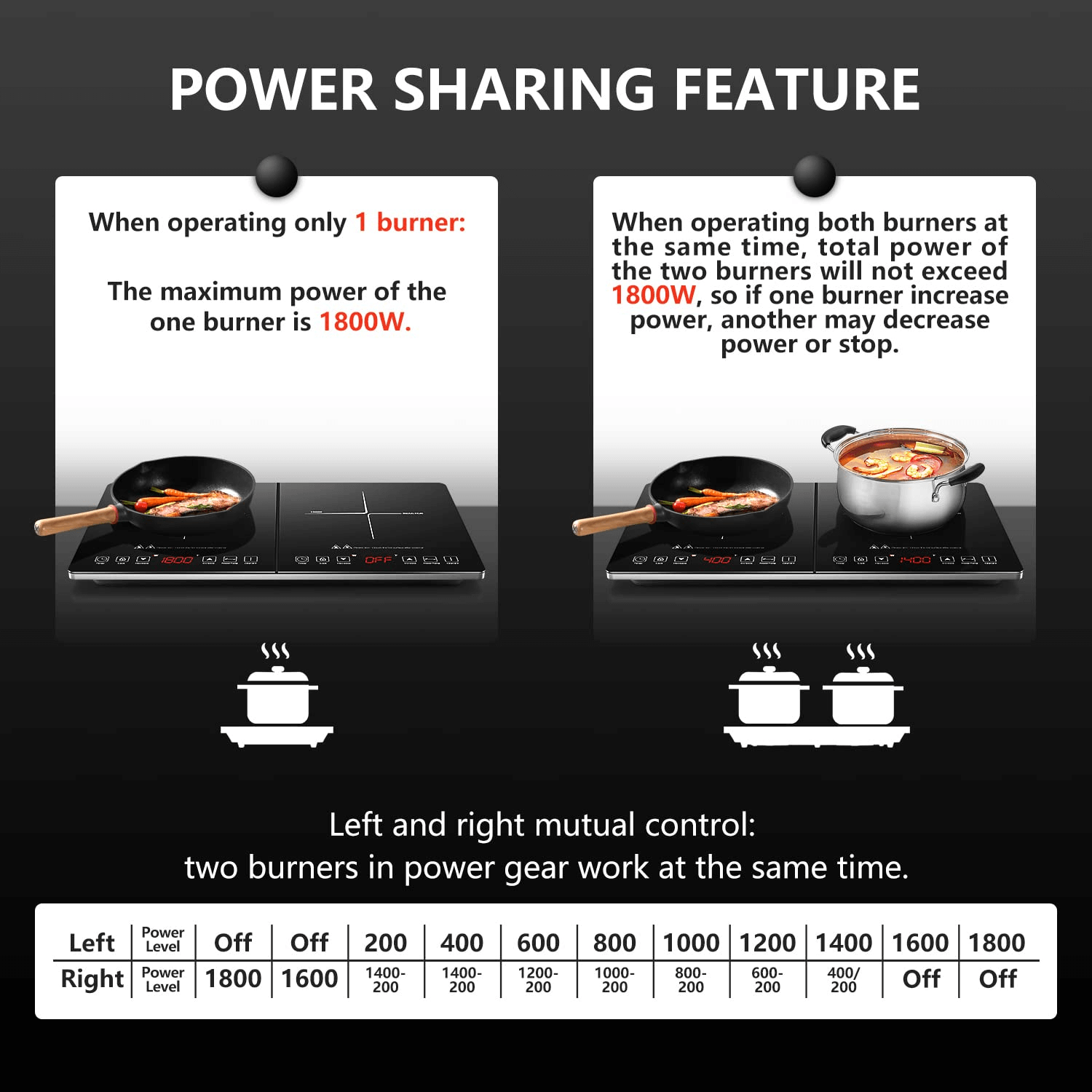In today’s evolving kitchen landscape, electric ceramic cooktops are winning hearts with their sleek aesthetics and versatile performance. If you’ve been searching for “electric ceramic cooktop purchase” or “electric ceramic cooktop brand,” this guide is for you. We’ll break down the heating principle, key advantages and drawbacks, comparisons with induction models, pairing suggestions, and essential maintenance tips—everything you need to choose the perfect cooktop for your 2025 kitchen upgrade.
Take the 12-inch electric ceramic cooktop as an example: offering high-power knob control (up to 1800W total), plug-and-play convenience for 110V outlets, and compatibility with almost any cookware. It’s a smart fit for family gatherings, outdoor cooking, and small-space kitchens alike.
1. Heating Principle and Features of Electric Ceramic Cooktop
Electric ceramic cooktops operate on a simple yet effective heating principle: infrared radiation from heating elements beneath a smooth glass-ceramic surface. Unlike gas stoves, they use electricity to generate heat directly on the surface, which then transfers to your cookware. Key features include:
Even Heat Distribution: The ceramic glass ensures uniform heating, perfect for simmering or slow stewing.
Power Levels: Models like AMZCHEF the 2-burner cooktop offer 11–12 levels of power, from 700W to 1100W per burner, allowing precise control without affecting adjacent zones.
Portability and Design: Plug-in options like the AMZCHEF 110V hob require no hard wiring—just plug and play. Its compact size (12 inches (ca. 30 cm)) suits RVs, camping, or small kitchens, with a stylish black glass surface that exudes a modern aura.
This technology makes ceramic cooktops energy-conservative compared to traditional electric stoves, aligning with 2025's focus on efficient home appliances.
2. Advantages of Electric Ceramic Cooktop (Compatible with Various Cookware, Can Barbecue)
Electric ceramic cooktops stand out for versatility and ease of use:
Broad Cookware Compatibility: Works with almost any pot or pan—iron, stainless steel, aluminum, copper, glass, skillets, and ceramic—making it more flexible than induction models. The 2-burner version supports both magnetic and non-magnetic cookware for varied cooking needs.
Barbecue & Multi-Function Use: Even, high-heat performance lets you grill directly on the surface or with accessories—perfect for parties, holidays, and cooking multiple dishes at once.
Safe & Easy to Clean: No open flame reduces fire risk, and the smooth surface wipes clean in seconds. Knob controls are especially intuitive for seniors or visually impaired users.
Ideal for family kitchens, small spaces, or portable cooking setups, ceramic cooktops combine practicality with versatility.
3. Disadvantages of Electric Ceramic Cooktop (Heating Speed, Energy Consumption)
While versatile, electric ceramic cooktops have drawbacks to consider:
Slower Heating Speed: Ceramic surfaces take longer to heat up (4-5 times slower than induction) because they warm the glass first, then the cookware. This can be frustrating for quick boils, though AMZCHEF's high-power burners (up to 1800W) mitigate this somewhat.
Higher Energy Consumption: They retain heat longer, leading to more energy use post-cooking. In 2025, with rising energy costs, this might increase bills compared to induction's efficiency.
Surface Sensitivity: The glass can scratch if dragged with rough cookware, and spills may bake on if not cleaned promptly.
Despite these, brands like AMZCHEF address issues with durable materials and efficient designs.
4. Electric Ceramic Cooktop vs. Induction Cooktop
When debating “induction cooktop vs ceramic cooktop,” key differences emerge:
Heating Mechanism: Induction uses magnetic fields to heat cookware directly (faster, more efficient), while ceramic relies on radiant heat through the glass (slower but versatile).
Efficiency and Speed: Induction is 2–3 times faster and up to 90% energy-efficient; ceramic is about 70-80% efficient but retains heat longer.
Cookware Needs: Induction requires magnetic pots (e.g., stainless steel); ceramic works with any, including glass and aluminum.
Safety and Cost: Induction is safer (cools instantly) and often pricier upfront; ceramic is more affordable and versatile for non-magnetic cookware.
For a deeper dive, check out Induction Cooktop: The Ultimate Guide to Efficient and Portable Cooking. If you prioritize compatibility and portability, ceramic models win over induction for everyday use.
5. How to Pair with Range Hood for Stress-Free Cooking
Pairing your electric ceramic cooktop with a range hood eliminates smoke and odors, especially during high-heat tasks like barbecuing. For “stress-free cooking,” opt for a powerful hood that matches your cooktop's output. Ceramic hobs produce minimal fumes due to no combustion, but a hood ensures clean air.
Tips: Install a ducted hood for optimal ventilation. See our Keep Your Kitchen Air Fresh and Oil-Free for recommendations compatible with setups.
6. Using Electric Ceramic Cooktop + Oven for Baking Pre-Processing
Combine your ceramic cooktop with an oven for efficient baking prep. Use the cooktop for melting chocolate, simmering sauces, or pre-cooking fillings at low heat. AMZCHEF's precise controls make this seamless.
7. Electric Ceramic Cooktop Maintenance and Usage Safety Notes
Proper care extends your cooktop's life. For “how to clean ceramic cooktop,” follow these steps: Wipe spills immediately with a damp cloth. For baked-on stains, use a paste of baking soda and vinegar, let sit, then scrub gently with a soft sponge. The “best way to clean the range top” involves Weiman Glass Cook Top Cleaner or barkeeper's friend for a polished shine without scratches.
Ceramic Stove Top Cleaner Recommendations: Cerama Bryte or Therapy Clean kits remove grease effectively.
Safety Note: Avoid dragging pots to prevent scratches; use flat-bottomed cookware. It has safeguards against overheating and produce no carbon monoxide.
Buying Suggestions for Electric Ceramic Cooktop Brands
We recommend AMZCHEF for its balance of power, portability, and compatibility. The 12-inch 2-burner models suit beginners and pros, priced affordably with high-quality glass that's easy to maintain. Prioritize brands with warranties and positive reviews for longevity.
Ready to upgrade? Explore iamzchef.com options on our site for versatile, safe cooking today!


